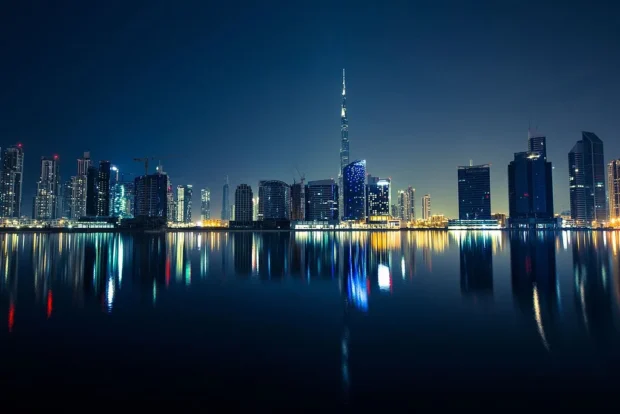Dubai, a city where the desert meets the sea, offers much more than its shiny skyscrapers and luxury malls. It is a place of contrasts, where old traditions sit alongside modern ambitions. This city in the United Arab Emirates is full of surprises, from the lines of sand dunes outside the city to the carefully planned urban spaces inside. For anyone curious about architecture, culture, or just a place with energy and bright ideas, Dubai invites you in. Let’s step beyond the usual and see what makes this city truly special.
Table of Contents
Walking Through Dubai’s Architectural Landmarks
When you arrive, it is impossible not to notice the city’s striking skyline. The Burj Khalifa stands tall, not just as a building but as a bold statement of human ambition. Its design draws the eye upwards, with layers that look like a desert flower unfolding. Every glass panel reflects light like a jewel, reminding visitors of the city’s roots in a desert environment.
For lovers of grand historical architecture, a journey from Dubai’s modern skyline to the timeless Pyramids of Giza offers a striking contrast between bold ambition and ancient endurance.
After exploring Dubai’s iconic skyline, you might be interested in how Toronto’s famous CN Tower shapes its cityscape, blending urban design with vibrant culture via Toronto’s CN Tower.
For those fascinated by Dubai’s impressive skyline, visiting Burj Khalifa reveals the city’s bold architectural vision and offers stunning city views.
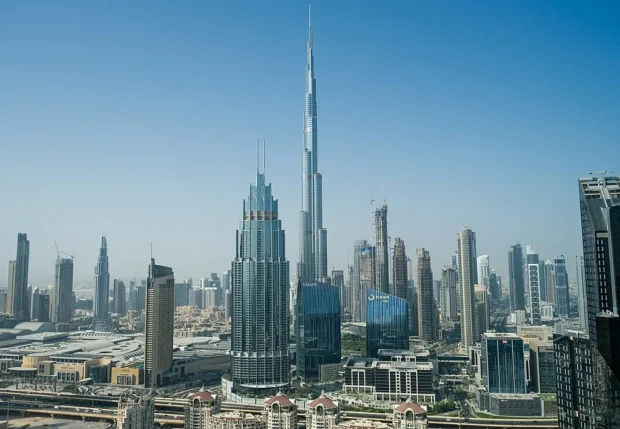
Nearby, the Dubai Opera offers a different kind of beauty-an architectural shape inspired by the traditional dhow boat. Its curved steel and glass form shows how Dubai honors its coastal past while pushing forward into the future. Inside, the space blends modern performance needs with a structure crafted for sound and sight, a harmony of form and function.
Secrets of Old Dubai and Its Fortifications
Far from the soaring skyscrapers is Al Fahidi Historical Neighborhood, where narrow lanes twist between buildings made of coral and gypsum. This area whispers stories of merchants and sailors who lived in this city before oil wealth transformed it. The rough texture of old walls and wooden beams tells a tale of resourcefulness and local craftmanship. The nearby Al Fahidi Fort, now part of the Dubai Museum, is a reminder of coastal fortifications used to guard the city.
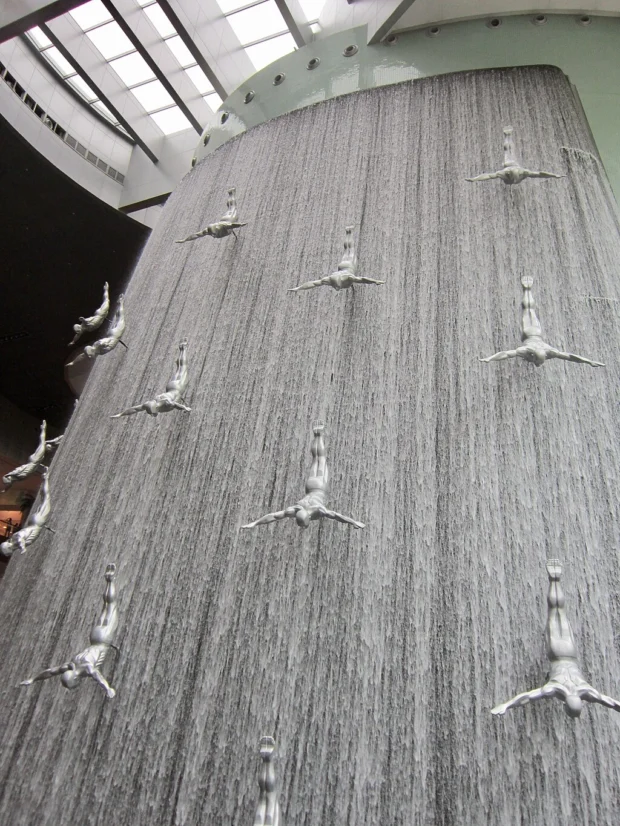
Walking here, you sense the city’s careful architectural conservation, preserving not only walls but also a way of life. It is striking how these old structures, with their wind towers and thick walls, offer relief from the desert heat-a practical design developed long before air conditioning.
Finding Hidden Corners in the Bustling Souks
Dubai’s markets, or souks, are colorful places where scents and sounds mix in lively symphonies. The Gold Souk dazzles with displays of finely crafted jewelry. Its tiny shops hold centuries of metalwork skill, sparkling under bright lights. Not far lies the Spice Souk, a treasure trove of textures and aromas. Here, traders proudly offer frankincense, saffron, and cardamom as they have for generations.
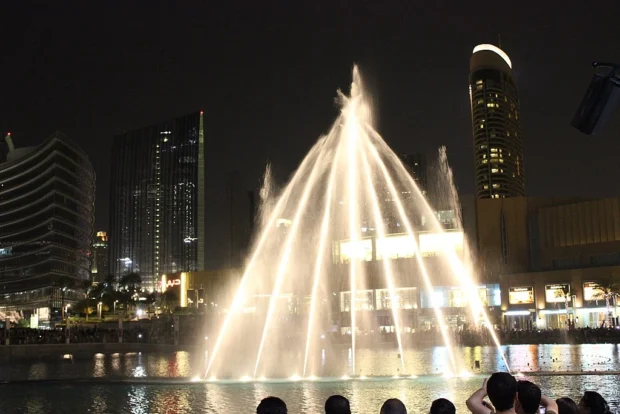
Wandering through these markets, you might catch sight of an old scale hanging from a wooden beam or merchants carefully weighing goods by hand. These small acts connect you back to traditional commerce, still alive in this rapidly changing city.
Where to Stay for a Blend of Comfort and Culture
Dubai offers many places to rest, from modern towers downtown to peaceful areas near Dubai Creek. Choosing where to stay depends on your interests. Downtown is great for those wanting to be close to major landmarks, but neighborhoods like Al Seef provide a quieter feel, with views of the water and a touch of old Dubai charm.
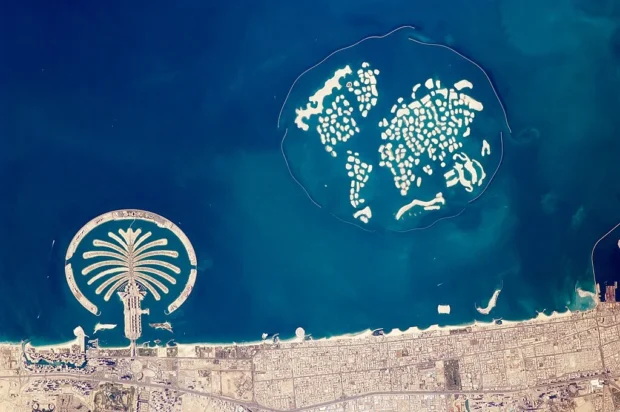
For a taste of local life, areas like Deira offer bustling markets and affordable guesthouses. Here, you find lively streets and easy access to public transport, making it simple to move around the city. Accommodation options range from modern apartments to boutique inns that reflect traditional design elements.
The Flavors of Dubai’s Food and Districts to Taste Them
Eating in Dubai offers a journey through the Middle East and beyond. In Al Karama, for example, you can try shawarma wrapped in warm bread, served with tangy pickles or fresh vegetables. The district is a favorite for affordable, hearty meals, perfect after a day of exploring.
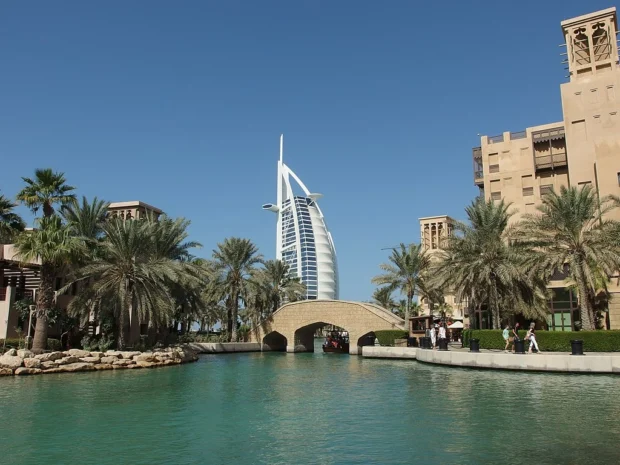
For a more refined taste, visit the restaurants near the Dubai Marina, where chefs blend spices and ingredients into dishes that play with new textures and aromas. Do not miss trying the camel milk ice cream-a surprising treat that reflects local tastes and ingredients.
Getting Around Dubai with Ease
Dubai’s public transport is designed with the visitor in mind. The Metro, a sleek driverless train, connects the airport with downtown and other key areas. Trains arrive frequently, and signs are clear and easy to understand. Using the Metro, you can quickly reach the heart of Dubai without stress.
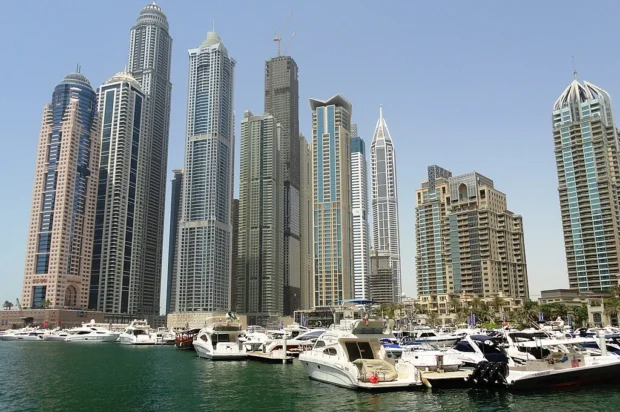
Buses and water taxis, called abras, add variety to movements around the city. Taking an abra across Dubai Creek not only saves time but also offers a refreshing break from city streets. It’s a simple way to enjoy a scenic moment while moving from one part of the city to another.
Understanding Dubai’s Culture and Customs
Dubai is a city respectful of its traditions. When visiting, remember to dress modestly, especially in public places-think of it as a sign of respect to local sensibilities. It is polite to avoid loud or overly expressive behavior. Public displays of affection are also best kept discreet.
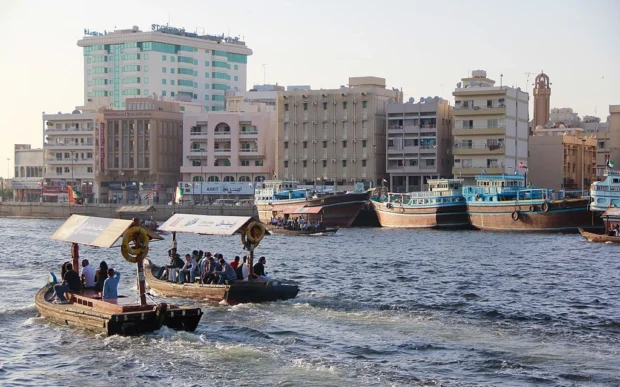
The city’s welcoming nature shines through in everyday encounters. People appreciate polite greetings and small gestures like using your right hand when offering or receiving something. These customs may seem small but carry great importance in building good relations.
Quirks and Stories Hidden in Plain Sight
One interesting fact about Dubai is its method of keeping cool in the open-air markets through old-fashioned wind towers, or “barjeels.” These towers catch wind high above and funnel it downwards, creating natural air conditioning centuries before modern systems arrived. You might miss these details if you only glance at the city’s surface.
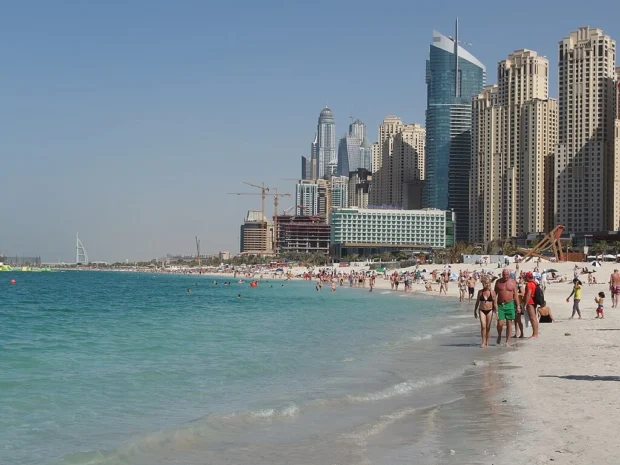
Another story worth mentioning is the city’s connection to pearl diving. Before oil changed the economy, people here risked their lives diving deep to find pearls. Museums and restored neighborhoods gently remind visitors of this daring past with displays of old diving gear and tales passed down generations.
Dubai’s lights and sounds will attract you, but it’s the layers beneath-the crafts, the designs, the traditions-that truly tell the city’s story. Taking time to appreciate these details makes a visit here unforgettable.
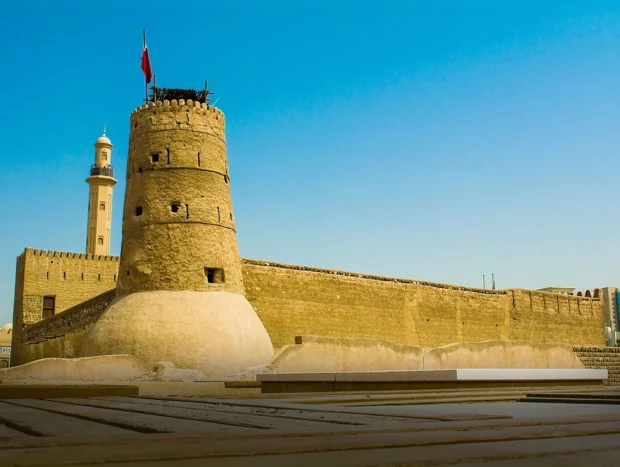
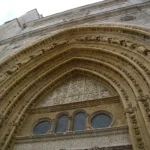
- Downtown Dubai, Dubai, United Arab Emirates by Robert Bock on Wikimedia Commons – cc0
- Burj Khalifa 2021 by Francisco Anzola on Wikimedia Commons – cc by 2.0
- Water Fountain at The Dubai Mall (Ank Kumar, Infosys) 01 by Ank Kumar on Wikimedia Commons – cc by-sa 4.0
- Dubai Fountain (6343214580) by Isabell Schulz on Wikimedia Commons – cc by-sa 2.0
- Burj Al Arab @ Madinat Jumeirah @ Dubai (15851725086) by Guilhem Vellut from Annecy, France on Wikimedia Commons – cc by 2.0
- Dubai Marina Aug2012 by Fabio Achilli on Wikimedia Commons – cc by 2.0
- Dubai Creek Boats by JSPhotography2016 on Wikimedia Commons – cc by-sa 4.0
- Beach @ Jumeirah Beach Residence @ Dubai Marina (15852332215) by Guilhem Vellut on Wikimedia Commons – cc by 2.0
- Al Fahidi Fort (Dubai Museum) by Jasonbalaba on Wikimedia Commons – cc by-sa 4.0
